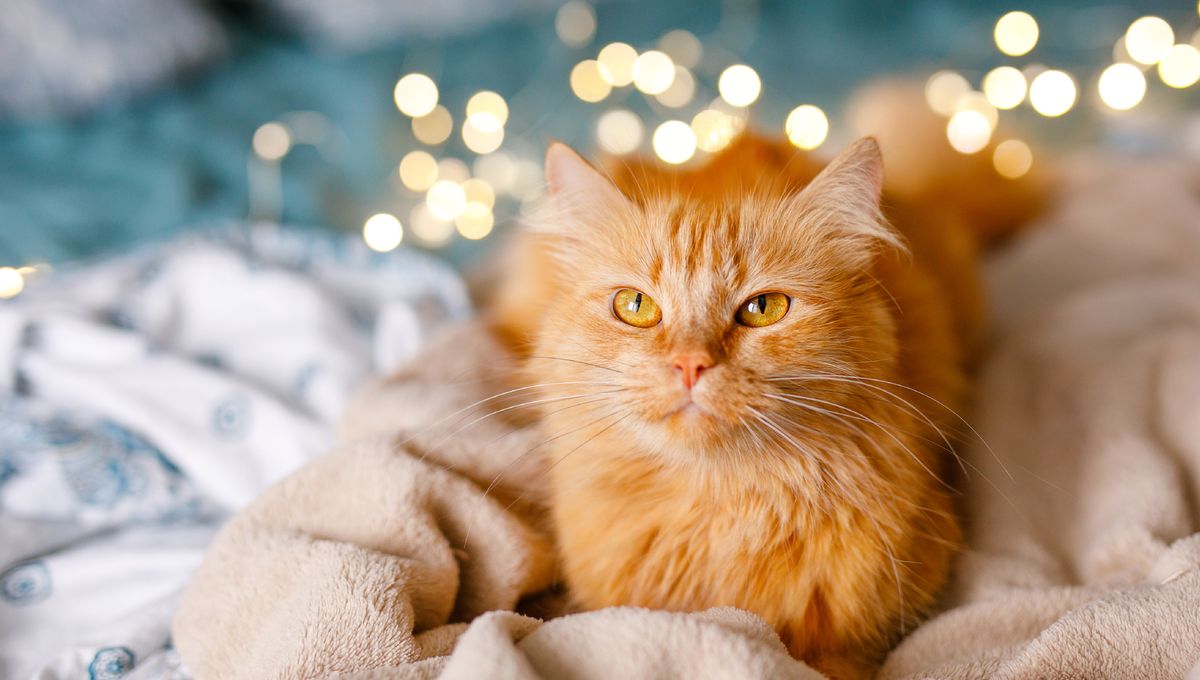
Orange cat lovers rejoice! Scientists might not be convinced that “orange behavior” is really a thing, but after over a century of suspicion, they’ve finally pinpointed the genetic mutation that makes our favorite Garfield-lookalikes so delightfully ginger.
Researchers already had a rough idea of where in the cat genome to look: the X chromosome. That’s because the vast majority of orange cats are male; male cats carry only one X chromosome (the other being Y), meaning if they carry a copy of the mutation that causes orange fur, they end up entirely orange.
Female cats, however, have two X chromosomes – and it’s highly unlikely that both will carry the orange fur mutation, hence there are relatively few entirely orange female cats. They might still carry it in one, however, which is how some female cats end up with a patchy orange calico or tortoiseshell coat.
“These ginger and black patches form because, early in development, one X chromosome in each cell is randomly switched off,” explained Kyushu University geneticist Hiroyuki Sasaki in a statement. “As cells divide, this creates areas with different active coat color genes, resulting in distinct patches. The effect is so visual that it has become the textbook example of X-chromosome inactivation, even though the responsible gene was unknown.”
Now, Sasaki is the lead author of one of two new papers, published by two different research teams simultaneously, that have identified the gene and mutation that gives rise to pumpkin-colored cats.
Both studies analyzed the DNA of orange cats and non-orange cats, searching for genetic mutations (also called variants) that only the orange cats shared. After eliminating other candidates, they finally found the answer: a small deletion in a non-coding region of the gene ARHGAP36. This tiny change doesn’t affect the protein the gene encodes, but it does increase its activity.
The discovery that ARHGAP36 was involved took the researchers by surprise. “Arghap36 is not expressed in mouse pigment cells, in human pigment cells or in cat pigment cells from non-orange cats,” said Christopher Kaelin, a senior scientist in genetics at Stanford Medicine and the lead author of the other study, in another statement. “The mutation in orange cats seems to turn on Arghap36 expression in a cell type, the pigment cell, where it’s not normally expressed.”
The next step for Sasaki and colleagues is to learn more about the function of ARHGAP36 on a molecular level; that’s useful not only for understanding cats, but potentially also humans, as we have this gene too.
When and where did the mutation in ARHGAP36 arise? “This is something that arose in the domestic cat, probably early on in the domestication process,” Kaelin said. “We know that because there are paintings that date to the 12th century where you see clear images of calico cats. So, the mutation is quite old.”
Sasaki is also keen to answer this question, and it might even end up involving a few mummies. “One idea is to study ancient Egyptian cat paintings – or even to test DNA from mummified cats – to see if any cats back then were orange,” said Sasaki. “It’s ambitious, but I’m excited to try.
Both studies are published in Current Biology, here and here.
Source Link: After 100 Years, Scientists Finally Find The Genetic Mutation That Makes Cats Orange